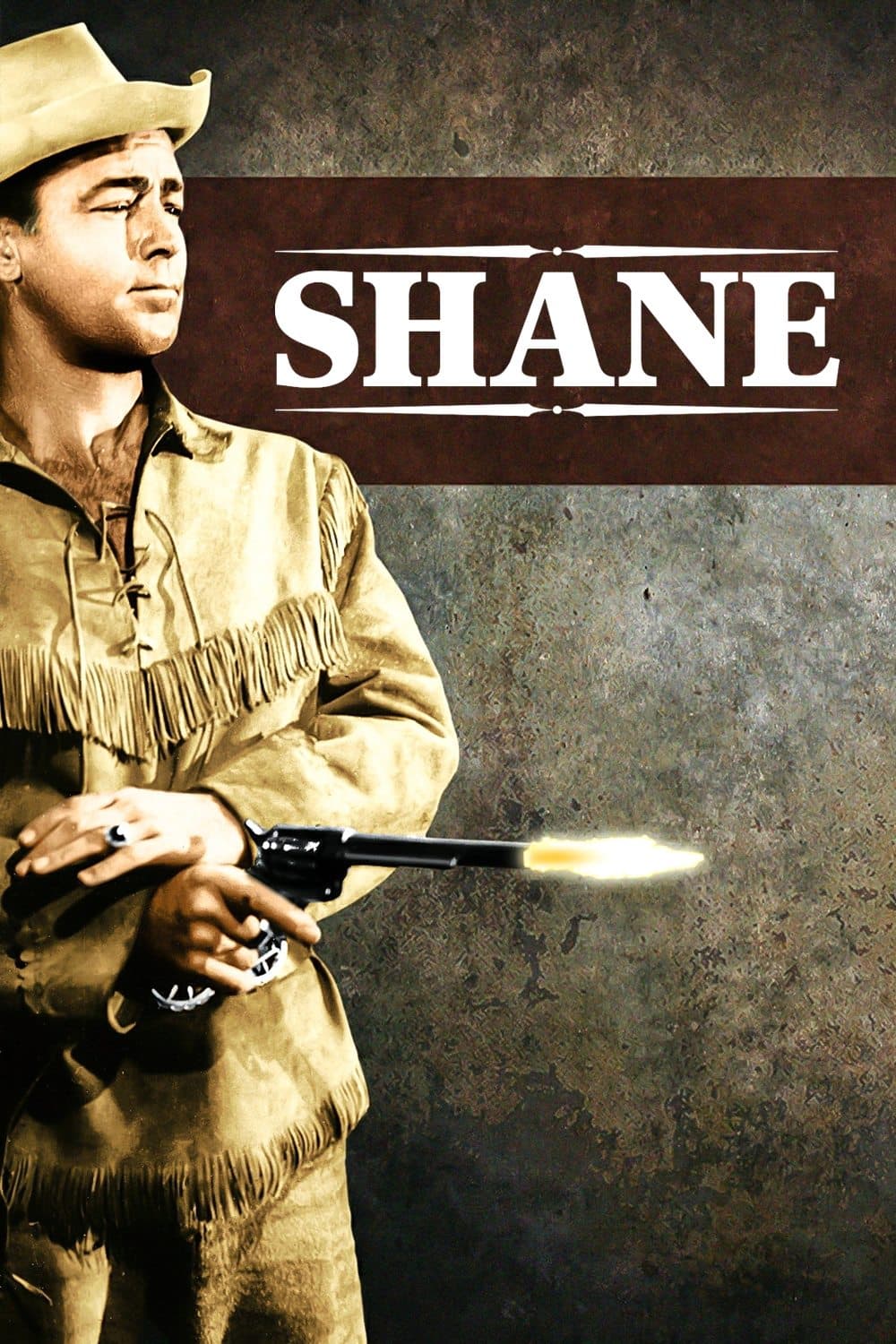
Shane
1953
Rate this movie
Average: 0.00 / 5
(0 votes)
Director
Stevens' only Western film became a genuine sensation due to its immense popular success, a cultural phenomenon that transcended genre boundaries, cementing its place not only at the box office but in the collective imagination. Its resonance was such that it emerged as a splendid anomaly in a golden age of the Western, distinguishing itself with unusual visual elegance and thematic depth. Yet Stevens did not repeat himself, but preferred to dedicate his efforts to other genres, demonstrating an authorial versatility that would lead him from intense melodramas like A Place in the Sun to historical epics like Giant and delicate theatrical adaptations like The Diary of Anne Frank. This unique foray into the landscape of the American Frontier thus acquires an even deeper meaning: it was not the routine work of a genre craftsman, but the targeted approach of an artist who chose to distill the essence of a myth.
A work re-evaluated by some critics who had judged it too predictable and simplistic, perhaps blinded by its apparent narrative linearity and direct mythopoeic imprint, today it is rightly considered an authentic cornerstone of Western cinema. Its re-evaluation is not coincidental: it coincided with a more sophisticated exegesis of the genre, which was able to discern the complex psychological and metaphorical texture beneath the veneer of action. What at first glance might have seemed didactic revealed itself to be a purest archetype, an exemplary synthesis of eternal themes. The film, imbued with the lush Technicolor that sublimely captures the panoramas of the Grand Teton, reveals a depth of field that is not merely an aesthetic choice, but a reflection of the complexity of human relationships and destiny unfolding against the backdrop of a still-wild nature.
The story is that of the gunslinger Shane, a walking enigma, a shadow of his own past who arrives in a lush valley to settle down and put an end to the violence that defines him, almost seeking a palingenesis in an agricultural existence. Shane is the embodiment of the nameless wanderer, a topos that permeates the mythology of the American West, here elevated to a symbol of a Frontier that, in its decline, seeks a new order. His apparent calm is a thin veil over a soul tormented by the awareness of his lethal abilities, a weapon that yearns for peace but is destined for violence. However, Shane has not reckoned with the formidable Ryker, a wealthy and ruthless rancher, who wants to drive the settlers from the valley to seize the land. The conflict between Ryker and the pioneers, far from being a simple property dispute, is a dichotomy between two visions of the nascent nation: the rapacity of unbridled individualism embodied by the cattle baron against the democratic and communal ideal of the small farmers who, with toil and sweat, strive to make their American dream prosper. Ryker represents the old West, brutal and lawless, while the settlers, led by the quiet dignity of Joe Starrett and the clear-headed resolve of Marian, are the bearers of the new order, of civilization.
Needless to say, Shane sides with the settlers and, after a fierce struggle, vanquishes the army of villains, in a conflict that is as much physical as it is symbolic. The famous final sequence, with little Joey calling out to his hero ("Shane, come back!"), is not just a child's farewell to his idol, but a synecdoche of the passing of the torch: the gunslinger, the man of necessary violence, must retreat into the shadows so that civilization can flourish. His departure is not a defeat, but the seal of his sacrifice, the final act of an ethical drama in which violence is an inevitable evil, a catalyst for the birth of a society that, ideally, will no longer need it.
A film with a linear plot but of great metaphorical significance, featuring an immersion in the vastness of the American frontier and intricate psychological sculpting of its characters. Stevens orchestrates a ballet of glances, gestures, and silences that reveal the deep undercurrents of desire, loyalty, and sacrifice. The unspoken relationship between Shane and Marian, Joe Starrett's wife, is a masterpiece of subtlety, an implicitly but powerfully evoked love triangle that underscores the complexity of human emotions beyond conventions. The vastness of the unspoiled spaces, captured with breathtaking cinematography that highlights the power and solitude of the landscape, is not just scenery, but a character in its own right, the silent witness to the American epic. The film captures the essence of the frontier not as mere geography, but as a state of mind, a crucible in which identities and destinies are forged. Every character, from the gruff Ryker to the pure Joey, is a piece of this collective fresco, a palimpsest of Western archetypes reinterpreted with sensitivity and acumen.
A timeless work that taught us to love the Western and unspoiled spaces, but above all to understand the intrinsic melancholy in the end of an era, the cost of civilization, and the solitude of those destined to be a bridge between two worlds. Shane is more than just a Western film; it is a meditation on the necessity and tragedy of violence, on the price of peace, and on the birth of a nation. Its influence is still palpable today, reverberating in works that, from The Outlaw Josey Wales to Unforgiven, continue to question the moral legacy of the gunslinger and the ambivalent nature of heroism. It is a film that, in its apparent minimalism, contains the profound echo of an entire mythology.
Country
Gallery
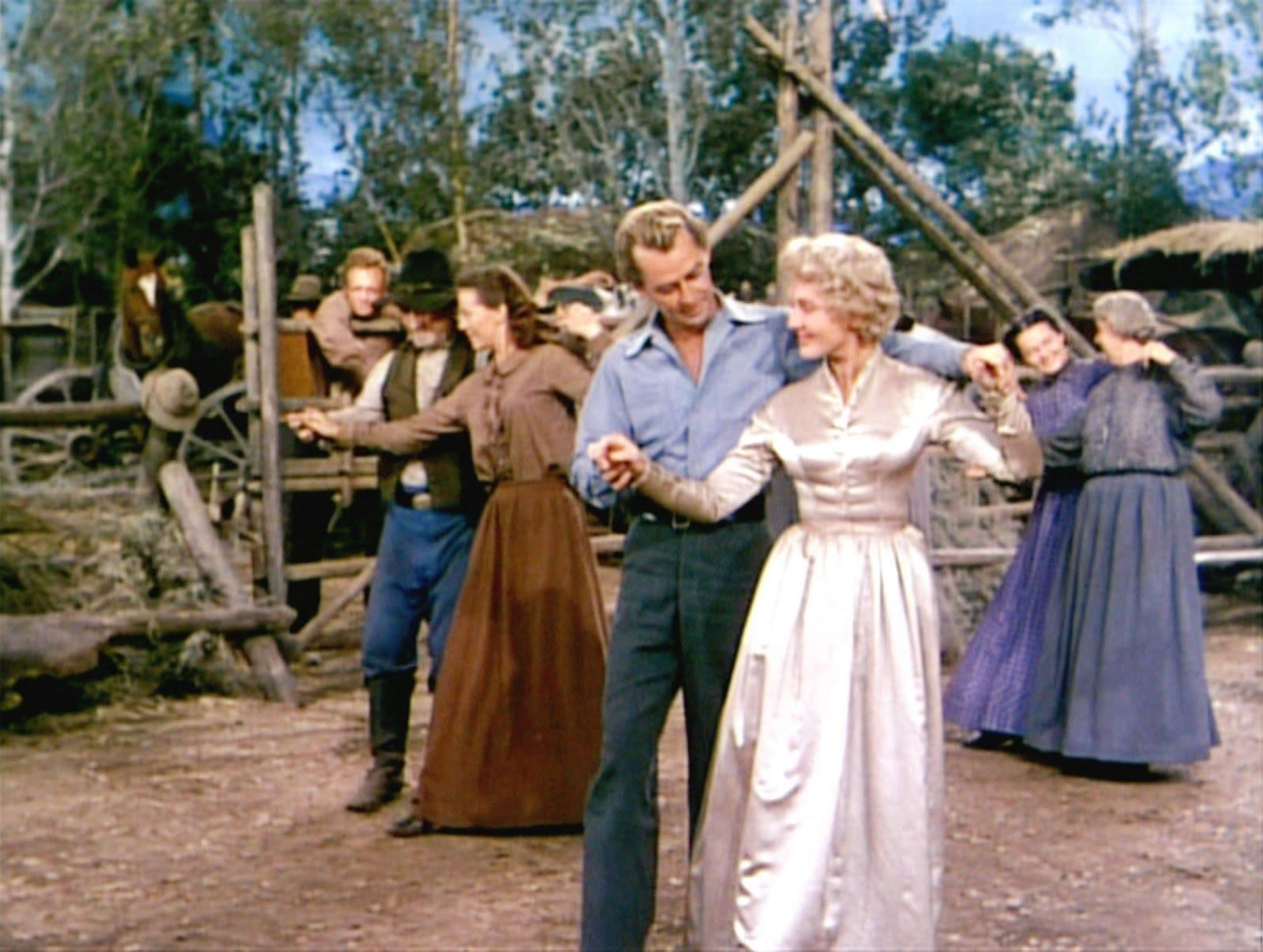

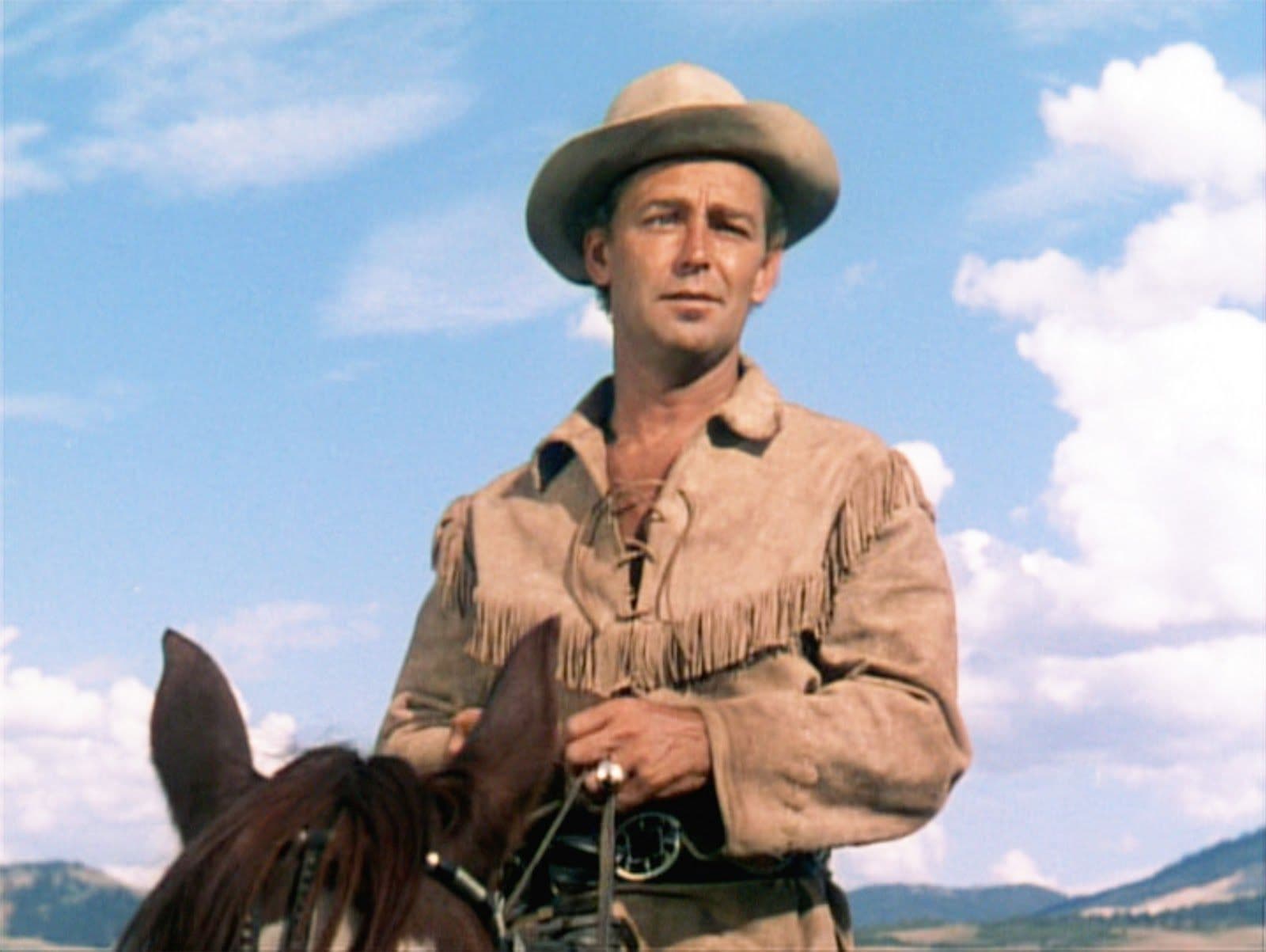
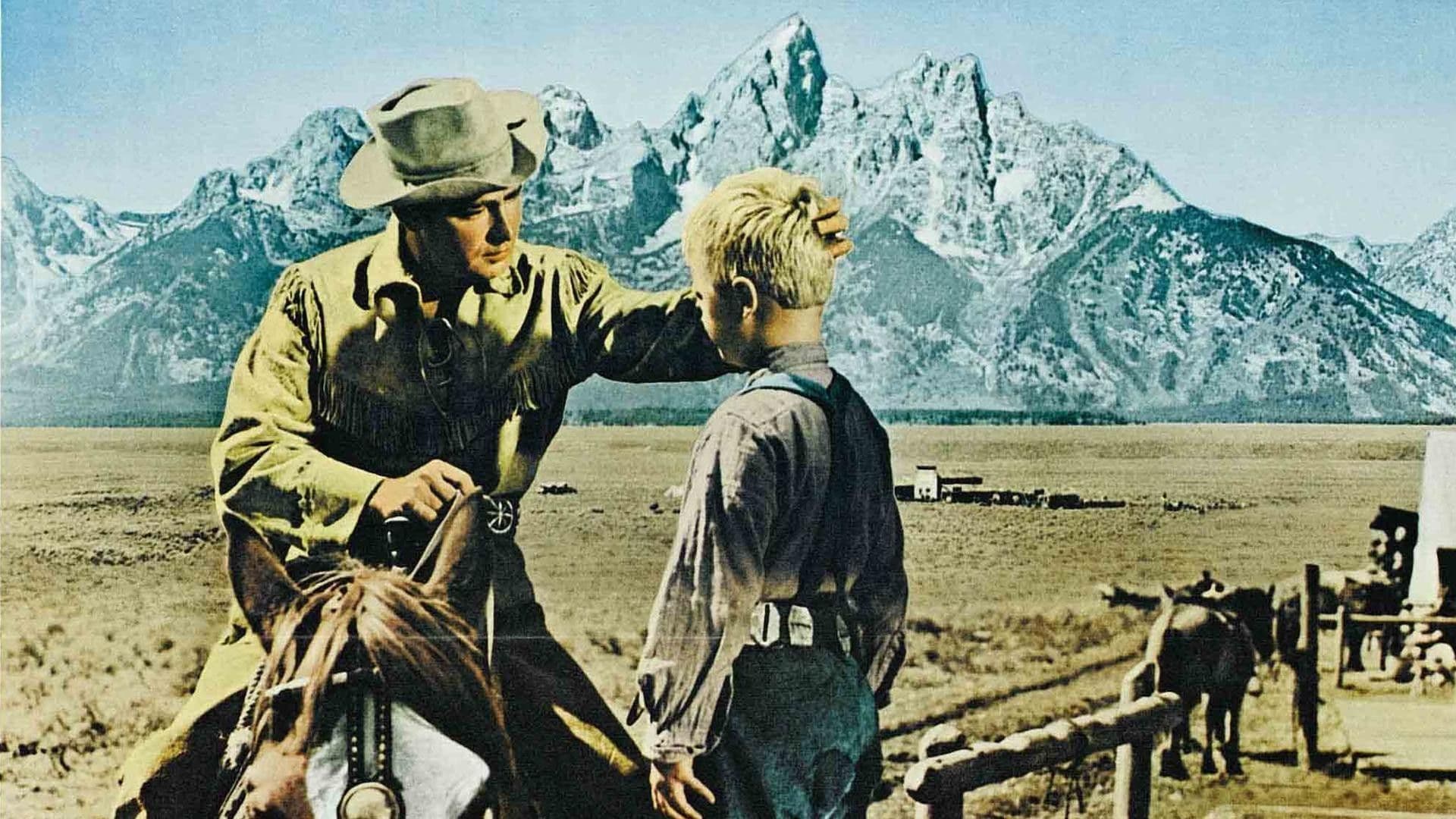
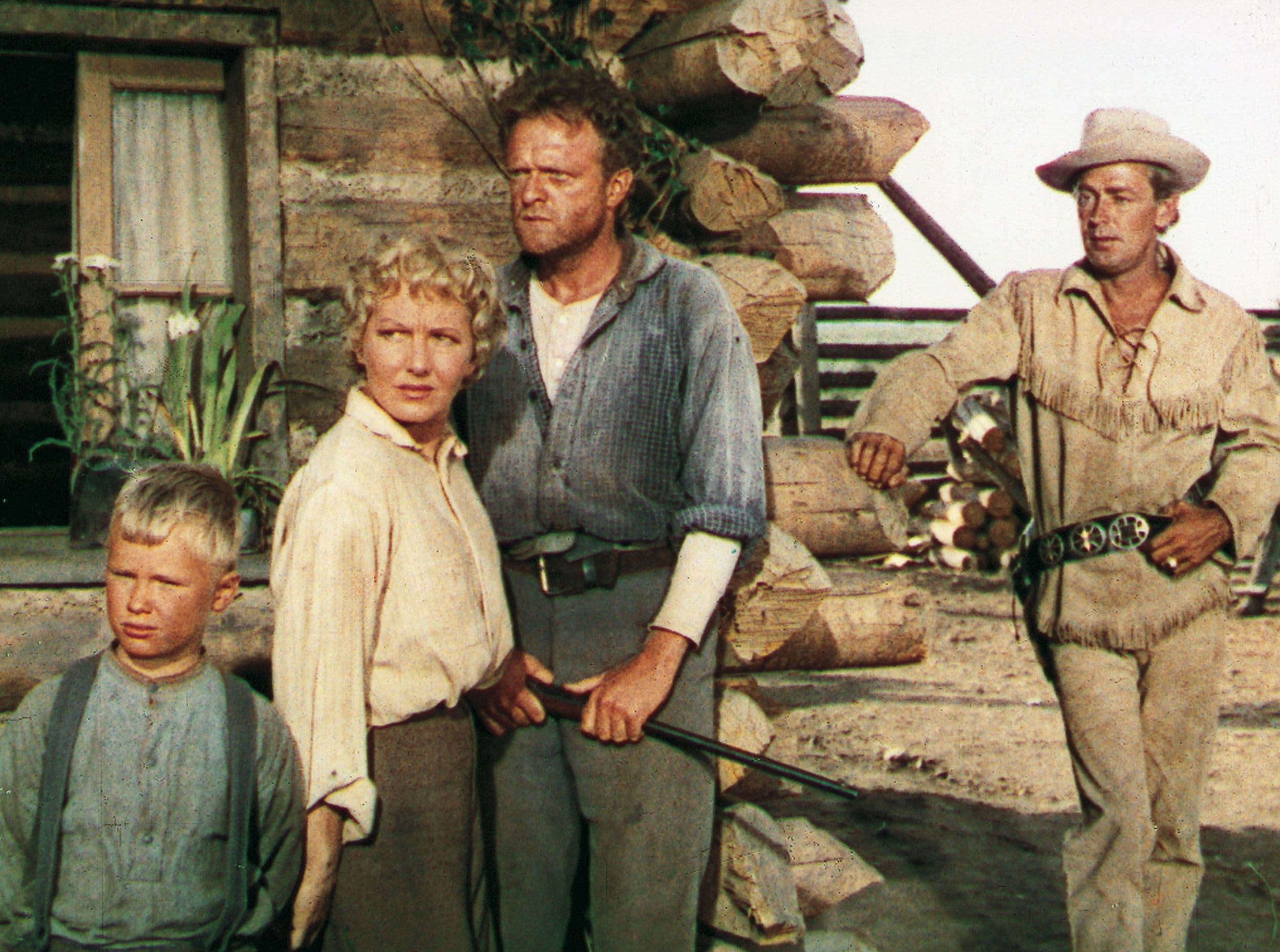
Featured Videos
Official Trailer
Comments
Loading comments...